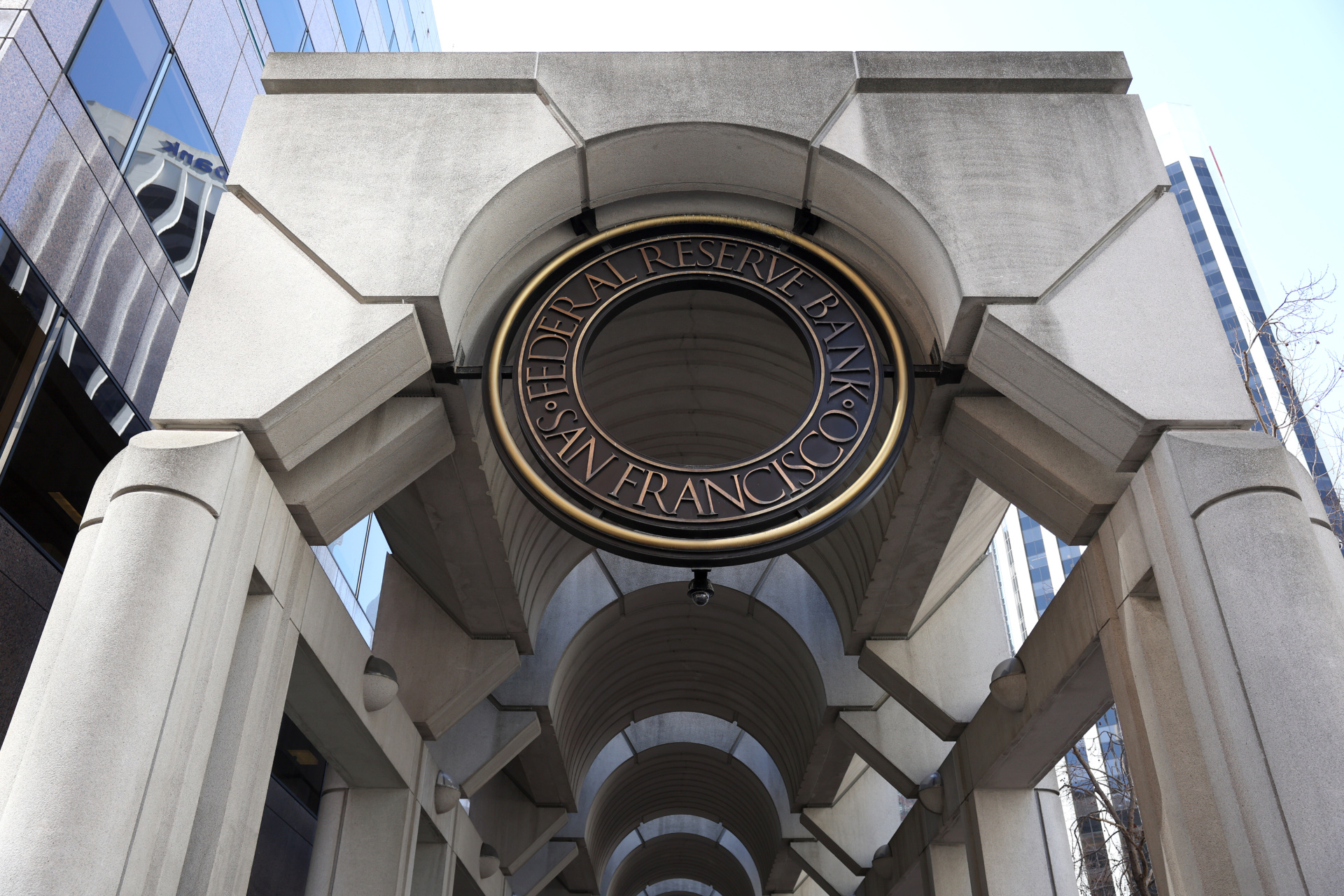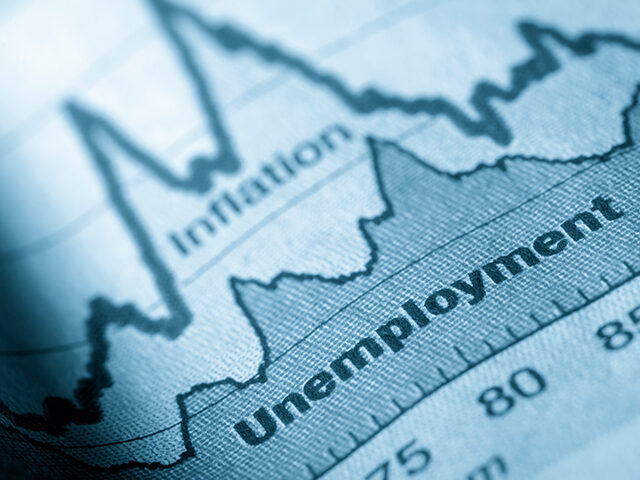A Soothing JOLTS
The doves got everything they could have wished for out of the Job Openings and Labor Turnover Survey (JOLTS) on Tuesday.
Job openings fell to 8.827 million in the August report, which estimates vacancies as of the last business day of July. This is the first time openings have fallen below 9 million since March of 2021, when openings rose to 8.399 from 7.760 in the prior month.
There are far fewer openings than expected. Wall Street analysts had forecast between 9.524 million and 9.570 million, according to Econoday’s survey. The median forecast was for 9.559 million. So, the actual result was around 7.7 percent lower than the forecast.
Perhaps even more eye-catching, however, was the huge revision to the prior month’s data. Initially reported at 9.582 million, the June data were revised down to 9.165 million. That means that the openings for June were also the lowest since March 2021. The stability that the initial estimate for June suggested is now revealed to have been an illusion.
This is the second month in a row with a significant downward revision to openings, indicating that openings are declining faster than the Department of Labor’s model can accurately estimate.
Inflation Is Getting Ratio’d
The ratio of job openings to unemployed persons now stands at 1.5, down from a peak of 2.0 in March 2022. This may be the most important figure to emerge from the data on Tuesday. Fed Chairman Jerome Powell and other Fed officials frequently reference this as a key signal for labor market tightness. The recent decline is likely to provide reassurance to monetary policymakers that inflationary pressures from the labor market may be retreating.
Keep in mind that this is still far above normal. At the prepandemic peak—when the labor market was regarded as very tight by many economists, including Fed officials—the ratio was just 1.2. The historical average is 0.6 percent, according to the Federal Reserve Bank of San Francisco. Many economists consider a one-to-one ratio an indicator of a healthy labor market.
The historical peak was back in the very hot labor market of the late 1960s, when the ratio climbed above 1.5. So, the current ratio still represents what would historically have been considered a very tight labor market.
Interestingly, despite all the attention this ratio has received over the last few years, it garnered very little focus previously. Even though the Phillips Curve—the idea that there is a tradeoff between unemployment and inflation—plays a central role in the academic literature, the vacancy-to-unemployment ratio was at best a bit player over the past four or five decades.
Softly Lands the Dove
One open question is whether inflation can be brought down by a reduction in the vacancy side of the ratio alone. That is, if job openings fall but unemployment remains high, would that provide enough disinflationary pressure to reduce inflation or would the unemployment side of the equation also rise.
Earlier this summer, a trio of researchers at the San Francisco Fed took a close look at the question. They concluded that a reduction in the ratio could bring down inflation even if unemployment itself did not rise. That is a theoretical grounding for the idea of a “soft-landing,” a significant reduction in inflation that does not involve a substantial increase in unemployment or a contracting economy.

The Federal Reserve Bank of San Francisco building as seen on March 16, 2023, in San Francisco, California. (Justin Sullivan/Getty Images)
It’s doubtful, however, that the current ratio is low enough to provide significant disinflationary heft. But with employers reducing openings by around half a million per month, it might not be long before we reach that point.
The JOLTS report also showed that the number of workers quitting their jobs has fallen. Quits declined to 3.5 million in July, from 3.8 in June and four million a year ago. The quits rate—the ratio of quits to total employment—fell to 2.3 percent, the lowest level since 2021.
This is a bit of a mixed signal. At 2.3 percent, the quits rate matches the 2019 average. But that was considered a very good year for jobs and the labor market was thought to be very tight. The long-term average is two percent, and we are still well above that. A cooling economy providing sufficient disinflationary pressure probably requires a quits rate below the historical average.
On the other hand, the current level may be low enough to hold off a re-ignition of inflation. Anything that subtracts from the risk of an upside surprise or reversal of the disinflationary trend is welcome.
The bottom line is that this report supports the argument that a soft-landing is possible. It could also provide ammunition to those at the Fed who think the central bank may have already hiked enough to put inflation on a steadily declining path.

COMMENTS
Please let us know if you're having issues with commenting.